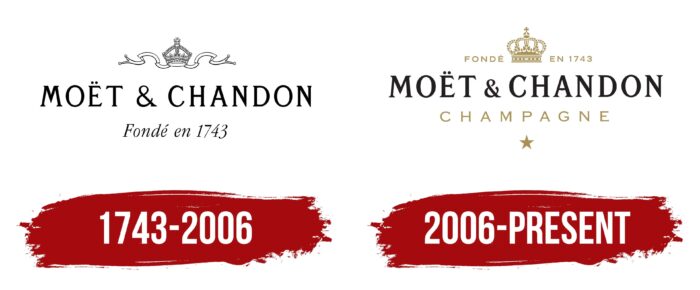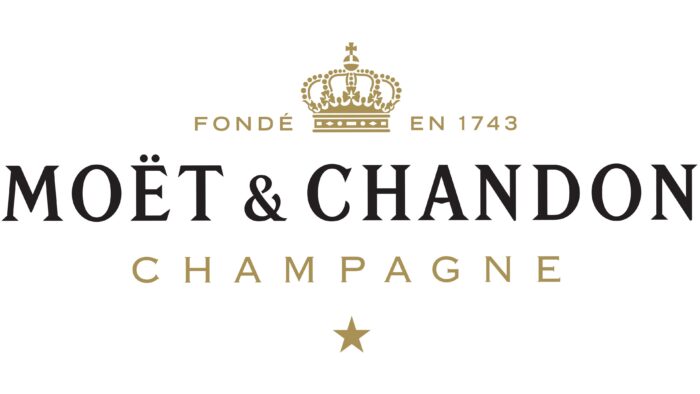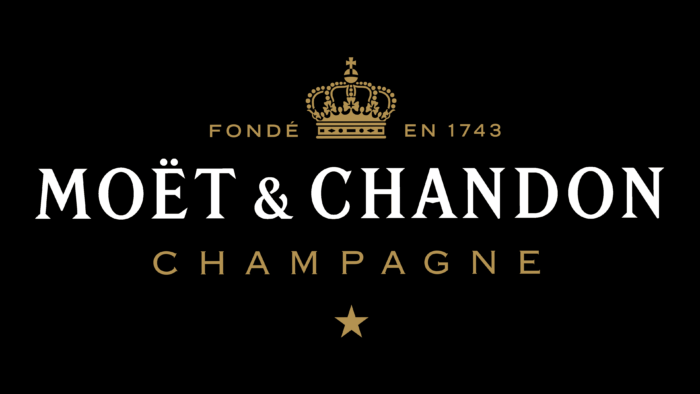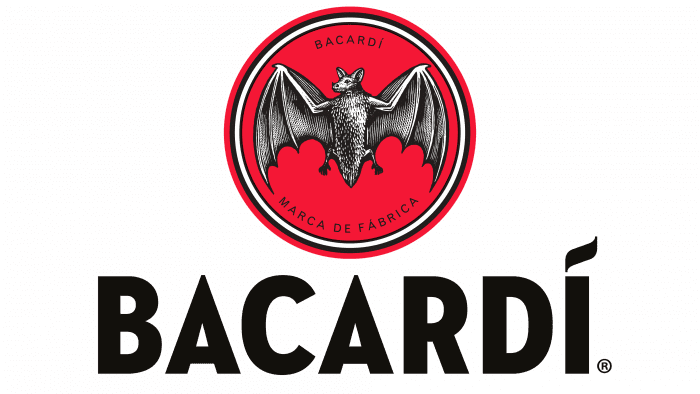The patronage of the royal nobility, style, and beauty are immediately evident when looking at the Moët & Chandon logo. The taste contained in the glass has received the highest praise and awards more than once. No less worthy and elegant packaging frames ideal contents.
Moët & Chandon: Brand overview
| Founded: | 1743 |
| Founder: | Claude Moët |
| Headquarters: | France |
| Website: | moet.com |
Moët & Chandon has been a French company making wine since the mid-18th century. It owns more than 1000 hectares of land, located in the historical area that has the right to produce real champagne (Epernay in the Champagne region). Moët offers white and rosé vintages that are bottled for up to seven years. Among the most famous brands of the trading house:
- Dom Perignon – champagne, named after a monk who had a significant impact on the development of the production of sparkling wines.
- Brut Imperial is an old multi-component blend, first introduced in 1842 (release 1869) and is dedicated to Napoleon.
- Rose Imperial – pink “romantic” champagne with a hint of raspberries, cherries, and roses.
- Ice Imperial – champagne for serving with ice, the bouquet of this blend opens only when it is strongly chilled.
- Nectar Imperial – a drink with a hint of grapefruit and the sweet taste of exotic fruits.
- Grand Vintage – there are editions of different years, each of which has a unique blend, compiled by a cellar master from the best wines of a given year.
Almost all versions of champagne are also available in pink with the addition of Rose. In addition, there are additional special series, such as Golden or Crystallized.
Together with its owner Hennessy, Moët & Chandon, it is part of the elite holding LVMH, which oversees world-famous brands in fashion, luxury goods, and expensive drinks. The house produces up to 26 million bottles of champagne annually.
Meaning and History
Moët has been a luxury brand almost since its inception. Claude Moet, the company’s founder, began by supplying wine to Paris. Moreover, he chose champagne, which was not common, as his main “specialization.” He learned that sparkling was appreciated at the court of King Louis XV since his mistress, the Marquise de Pompadour, adored this drink. Therefore, Moet set his sights on serving the nobility, and the business went well. The merchant became the leader in sales in his region, and the business was inherited.
The grandson of the entrepreneur was already actively supplying champagne abroad, and in the country, there were many celebrities among his clients. Even Napoleon preferred this brand.
The surname Chandon to the Moët et Cie company was added later (in 1832) when the business was divided between the founder’s great-grandson and a great-granddaughter. The girl was married to Pierre-Gabriel Chandon, who did business. The Moet family was engaged in the sale of wines until the middle of the 20th century until, in 1971, the manufacturer was bought by the large concern Hennessy.
Moët & Chandon positions itself as a luxury drinks retailer with a rich history. The quality of the wines of this brand is very high. Her clients are royal houses, and the cost of one bottle is in the region of 50-100 dollars. The company sponsors Formula 1 fashion weeks, and famous actors and athletes are its ambassadors. Therefore, the logo for the winery house was also chosen appropriately.
1743 – 2006
The visual mark of Moët & Chandon is strict, concise, and refined simultaneously.
At the head of the image is a crown over the motto ribbon. Both the crown and the ribbon are a sign of the highest patronage. The crown, reminiscent of the headdress of Louis the 15th, from whose attention the heyday of the house of Moët & Chandon began.
The name of the brand is indicated in the center in large type. Elegant capital letters with serifs are quite consistent with the company’s spirit. The logo does not indicate which products the manufacturer offers since Moët’s fame was wide. Even Pushkin, in his poems, mentions the cellars of Moet.
The date of foundation (1743) is written in italics at the bottom. The length of the signature and the top drawing are the same, which makes the sign harmonious and complete.
2006 – today
In 2006, the emblem was slightly updated to reflect the main historical features of the house. It focuses on the age of the company and its distinctive features.
The inscription “founded in 1743” was moved up and surrounded the crown. Such an arrangement immediately draws attention to the extensive experience of the manufacturer and the presence of historical traditions. It is proof that the taste of Moet wines is appreciated since the products have been in demand for a long time. The company’s age makes it clear to buyers that they can count on exclusive service high-quality champagne. Hints at old recipes and unique vintage samples.
Below the brand name is written: “champagne.” Since 1927, only drinks produced in a certain area in France can use this name. And this addition raises the status of Moët & Chandon wine, notifying that this is real champagne.
A small star at the bottom of the composition, which distinguishes all company bottles, marks the leader in its field (the company owns a third of all the land on which champagne is produced).
Font and Colors
The main colors of the emblem are black and gold. The first logo was drawn exclusively in black since the logos of the Moët & Chandon era were black and white.
In the modern variation, gold is added – the color of luxury, elitism. Only the name of the company remained in the black. Such a choice of color speaks of power, confidence, and deep roots.
The font of the emblem has changed little since 1743. Of modern fonts, it resembles Javanese Text.
Moët & Chandon color codes
| Aztec Gold | Hex color: | #a99155 |
|---|---|---|
| RGB: | 169 145 85 | |
| CMYK: | 0 14 50 34 | |
| Pantone: | PMS 465 C |
| Raisin Black | Hex color: | #231f20 |
|---|---|---|
| RGB: | 35 31 32 | |
| CMYK: | 0 11 9 86 | |
| Pantone: | PMS Neutral Black C |








